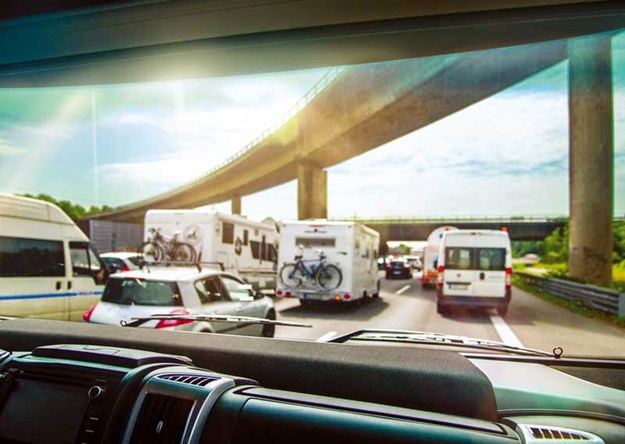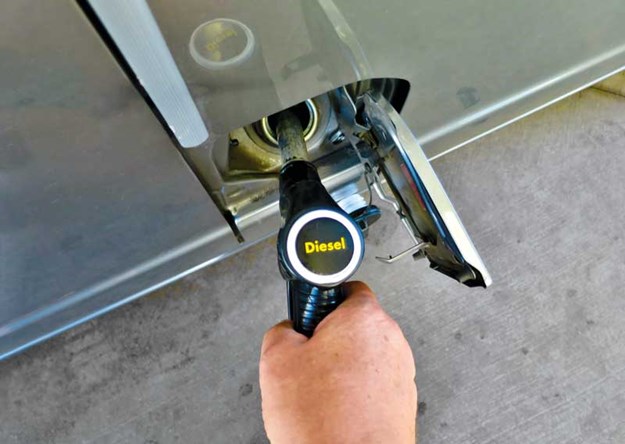Anyone who drives a diesel vehicle will be aware of the issues around pollution. So what’s being done to ensure diesel is as environmentally friendly as possible, and what does it mean for you if you drive one?

European diesel engine manufacturers have had to meet emission control standards since 1970, but it was not until 1992 that the European wide Euro 1 standard was introduced. To meet the demands imposed by Euro 1, catalytic converters and fuel injection became standard fittings on all new diesel-powered European cars and light commercial vehicles.
The current iteration, Euro 6/VI came into full force in Europe in 2016. New Zealand has adopted the EU standard but we lag a little bit behind. Since January 2007, Euro 4 has been the applicable standard. Current proposals are to upgrade to Euro 6 in line with Australia. A final date for this change has not been released.
In the UK, applying these standards is having a positive effect as figures released by the SMMT (Society of Motor Manufacturers and Traders) show:
- Carbon monoxide (CO): petrol down 63%, diesel down 82% since 1993
- Hydrocarbons (HC): petrol down 50% since 2001
- Nitrogen oxide (NOx): down 84% since 2001
- Particulate matter (PM): diesel down 96% since 1993
Note that petrol and diesel engines create different emissions and are subject to different standards. Diesel exhaust has 15% less CO2 but four times more nitrogen oxide and a lot more particles—around 20 times more than petrol exhaust.
In striving to meet the increasingly higher Euro standards, engines have become more efficient and lighter, which also helps reduce pollution. Having reduced pollution on the combustion side of the equation, manufacturers turned their attention to the exhaust gases themselves.
Two methods of treating exhaust gases have been tried commercially. One, the lean NOx catalyst method called a ‘NOx trap’ has an adsorbent material such as zeolite trap the NO and NO2 molecules, acting as a molecular sponge. Various schemes have been designed to ‘purge’ or ‘regenerate’ the trap once it’s full (like a sponge full of water). This system has been used on the Volkswagen Jetta and the Tiguan.
The other is the Selective Catalytic Reduction (SCR) approach. This uses a urea-based product such as AdBlue introduced into a chamber in the exhaust pipe just prior to the muffler, where it purges NOx/ NO2 from the exhaust gases. In New Zealand, you’ll find this system in vehicles from Ford to Mercedes, VW, and Iveco to name a few.

With the Ducato, Fiat has taken a different tack to reduce pollutant emissions known as low-pressure exhaust gas recirculation (EGR). In this method, a portion of the exhaust gas is mixed with intake air to reduce the amount of free oxygen in the combustion mixture. This reduces combustion temperatures, which in turn reduces the amount of nitrous oxides produced in the exhaust gases. The vehicle’s Engine Control Unit (ECU) controls this operation.
To improve compliance with the Euro standard, the EU is introducing two new test procedures. The World Harmonisation Light Duty Test Procedure (WLTP)—a new, more effective lab-testing regime—is replacing the existing laboratory-testing regime, the New European Driving Cycle (NEDC).
Along with this, the Real Driving Emissions (RDE) test procedure is being introduced. This new regime will mimic actual emissions on the road, rather than those measured in a laboratory. They are both tough regimes that will be phased in in stages.
The reduction of pollution in exhaust gases will be an ongoing crusade until electric motors replace internal combustion engines (ICE). In the meantime, you can do your bit to keep your carbon footprint as small as you can by keeping your vehicle servicing up to date, the tyres correctly inflated, and both your RV and your right foot as light as possible.
Reading numerals
Arabic numerals (Euro 3 or Euro 5) indicate parts of the rules that apply only to light-duty vehicles (less than 3.5 tonnes) and Roman numerals (Euro III or Euro V) indicate those parts of the rules that apply only to heavy-duty vehicles.





